#green building.
Explore tagged Tumblr posts
Text
Energy Recovery Ventilator Core Market: Trends, drivers, challenges, and opportunities

As the global demand for energy-efficient and sustainable building solutions continues to rise, the Energy Recovery Ventilator (ERV) Core market is experiencing significant growth. These essential components, central to modern HVAC (heating, ventilation, and air conditioning) systems, play a vital role in maintaining air quality and optimizing energy efficiency. ERV cores facilitate the exchange of heat and moisture between the outgoing stale air and incoming fresh air, reducing the burden on heating and cooling systems. This process not only conserves energy but also ensures a more comfortable indoor environment. In this article, we explore the key trends, drivers, challenges, and opportunities in the ERV core market, offering insights for industry experts seeking to understand the future of this vital sector.
Key Drivers Fueling Market Growth
Energy Recovery Ventilator Core Market Is projected to grow from USD 1.01 billion in 2024 to USD 1.56 billion by 2030, at a CAGR of 7.4% during the forecast period. Major factors contributing to the growth of the energy recovery ventilator core market include a heightened focus on indoor air quality driven by climate change.
The ERV core market is primarily driven by the increasing need for energy efficiency and sustainability, both of which have become paramount in the building and construction industry. Governments across the globe are introducing stricter regulations on energy consumption, and buildings are under pressure to meet higher standards of energy efficiency. With the adoption of green building standards like LEED (Leadership in Energy and Environmental Design) and the ASHRAE (American Society of Heating, Refrigerating, and Air-Conditioning Engineers) guidelines, energy recovery ventilators are becoming indispensable for achieving these goals.
As new construction projects prioritize low energy consumption and environmental responsibility, there is growing demand for ERVs. Buildings today are constructed with highly efficient insulation and sealed windows, which, while excellent for maintaining energy control, require effective ventilation solutions. Without proper ventilation, indoor air quality can deteriorate, creating health concerns for occupants. ERVs address this need by providing fresh air while recovering energy from the air being exhausted. This process not only reduces the need for additional heating and cooling but also ensures that the air quality inside is fresh and healthy.
Moreover, as awareness of environmental impact grows, businesses and consumers are increasingly seeking products that reduce carbon footprints. ERVs offer a straightforward solution by minimizing energy wastage in buildings and cutting down the reliance on HVAC systems for temperature regulation. This energy efficiency is appealing to both commercial and residential property owners, resulting in wider adoption.
Technological Advancements Shaping the Market
The ERV core market is not just growing in size—it is evolving in sophistication. Manufacturers are continually refining the materials used in ERV cores to enhance energy transfer efficiency. Materials like enthalpy wheels, heat exchange plates, and polymer membranes are being developed to maximize energy recovery while minimizing the size and cost of the units. These innovations are making ERVs more efficient, compact, and cost-effective, opening the market to a broader range of applications.
One of the most significant advancements in ERV technology is the integration of smart systems. The introduction of Internet of Things (IoT) connectivity has revolutionized the way ERVs operate. Building managers can now remotely monitor and adjust ventilation settings in real-time. This capability enables dynamic energy management, where ventilation rates are automatically adjusted based on factors like occupancy and indoor air quality. Additionally, predictive maintenance powered by artificial intelligence (AI) is helping businesses identify potential issues before they become costly problems, ensuring that systems remain in peak condition for longer.
These technological improvements not only enhance the performance of ERVs but also position them as more accessible and valuable for building owners and facility managers. The ability to optimize energy consumption through intelligent systems aligns perfectly with the growing demand for smart, sustainable building solutions.
Overcoming Market Challenges
While the ERV core market is poised for growth, there are several challenges that need to be addressed. The primary obstacle remains the high initial cost of installation. Despite the long-term energy savings, the upfront investment for an ERV system can be substantial, especially for small and medium-sized enterprises (SMEs) or residential projects with tight budgets. While governments offer incentives and rebates to encourage energy-efficient building practices, the initial financial commitment can still be a barrier to adoption for many.
Another challenge is the complexity of retrofitting existing buildings with ERV systems. Many older buildings were not designed with modern energy recovery solutions in mind, making it difficult to integrate ERVs into the existing HVAC infrastructure. This process can be costly and technically demanding, requiring a tailored approach for each building. However, with the growth of the market and the development of more modular, adaptable systems, this challenge is slowly being overcome.
Finally, the need for skilled technicians and engineers who understand the intricacies of installing and maintaining ERV systems cannot be overlooked. As the demand for these systems grows, so too does the need for professionals who are trained in their installation and maintenance. Addressing this skills gap will be critical to ensuring that ERVs are installed correctly and continue to perform efficiently over time.
Future Outlook and Opportunities for Growth
The future of the ERV core market looks incredibly promising. As the construction industry continues to embrace green building practices, the demand for energy-efficient ventilation solutions will only increase. The ongoing emphasis on reducing carbon emissions and improving air quality will drive continued innovation in ERV technologies, with manufacturers focusing on improving efficiency, reducing environmental impact, and offering greater ease of installation.
Smart technologies will likely be a key focus for the next phase of market development. The ability to integrate ERVs with broader building management systems for real-time energy optimization offers significant opportunities for manufacturers to enhance product offerings. Businesses that adopt IoT-enabled, energy-efficient ERV systems will likely see increased demand from both residential and commercial property owners seeking to reduce their energy consumption while maintaining indoor air quality.
Geographically, emerging markets present a significant opportunity for growth. As urbanization accelerates in regions like Asia, Africa, and the Middle East, the demand for energy-efficient building technologies will rise. ERV adoption in these regions could be a major growth driver as these economies prioritize sustainability and energy efficiency in their infrastructure development.
Download PDF Brochure :
The Energy Recovery Ventilator Core market is in the midst of a transformation, driven by a convergence of regulatory pressures, environmental awareness, and technological advancements. As more buildings are constructed with energy efficiency in mind, the demand for ERV systems will continue to grow. While challenges such as high installation costs and retrofitting hurdles remain, the long-term benefits in terms of energy savings, improved air quality, and sustainability make ERVs a vital component of modern HVAC systems. For industry experts investing in energy recovery ventilators offers a promising path to creating more efficient, sustainable, and comfortable buildings for the future.
#Energy Recovery Ventilator#energy efficiency#HVAC systems#sustainable building solutions#smart building technologies#energy recovery#green building.
0 notes
Text
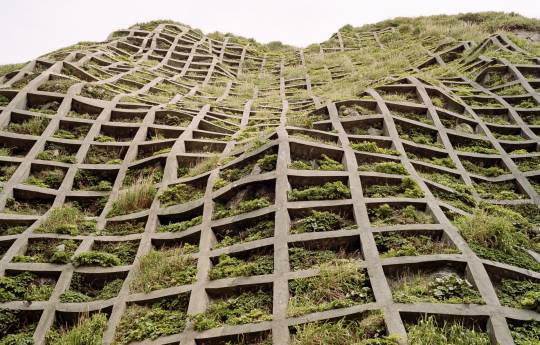
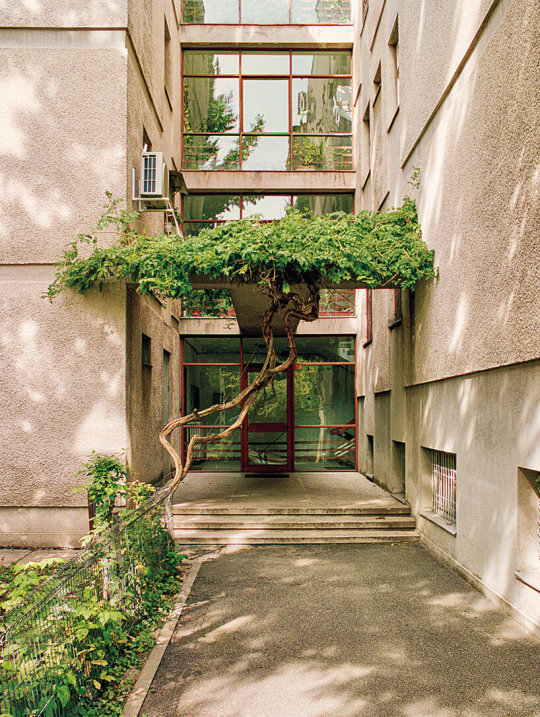
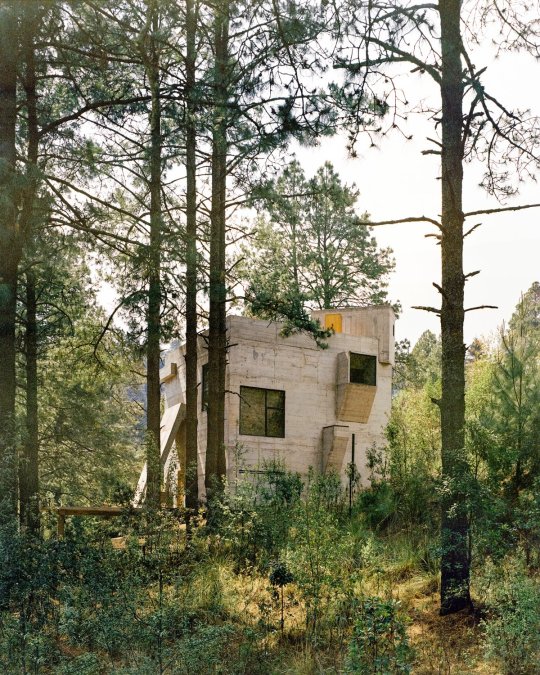
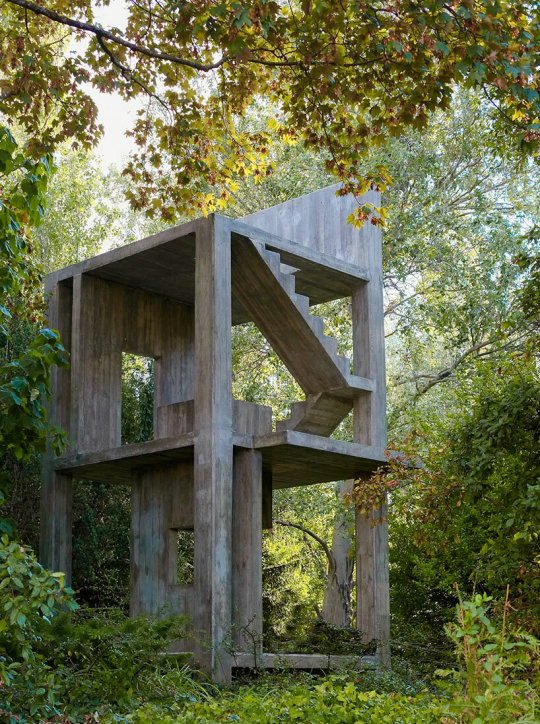
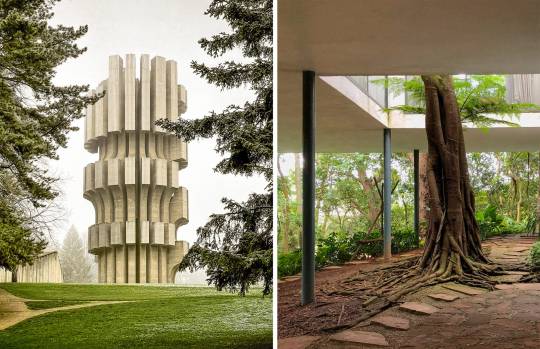
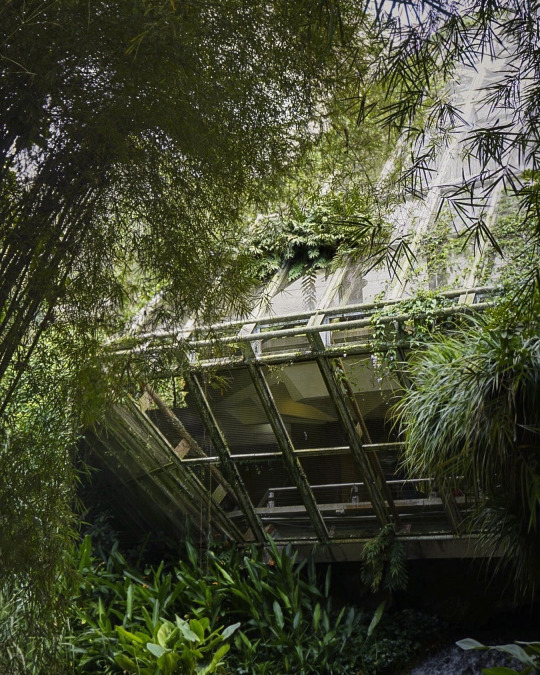
"Brutalist Plants"
Reinforced hillside, Aogashima, Tokyo, Japan. Photo © Yasushi Okano,
Bucharest, Romania. Photo © Bogdan Anghel,
Casa Alférez, Cañada De Alferes, Mexico. Architect Ludwig Godefroy. Photo © Rory Gardiner,
Monumento a Azeredo Perdigão by Pedro Cabrita Reis,
Casa de Vidro, São Paulo, Brazil. Architect Lina Bo Bardi. Photo © Celeste Asfour,
Artwork and photo by Karsten Födinger in La Vallée, Basse-Normandie, France,
Jurong Bird Park, Jurong, Singapore. Architect John Yealland and J. Toovey. Photo © James Wong
Courtesy: Olivia Broome (Hoxton Mini Press)
#art#design#architecture#photography#nature#green#brutalism#plants#olivia broome#iconic#building#installation#landscaping#tokyo#japan#aogashima#romania#mexico#ludwig godefroy#pedro cabrita reis#france#artwork#jurong bird park#singapore#hoxton mini press
4K notes
·
View notes
Text
Rants at the Hairdresser
her, behind me trimming my hair: "it's so wild how big cars are. Seems a bit dangerous, ya know?"
me, enjoying the smell of the stuff she sprayed in my hair: "Yeah, apparently that's because it's cheaper to have a car classified as a 'light truck' since you can get past safety regulations and they have different frames."
her, who has paused working on my hair: "Wait, are you serious?"
me: "Yeah, apparently it's a lot cheaper for companies to do that. And it really sucks since driving one of those cars is super dangerous, but it's even more dangerous for other people, especially if they're in a smaller car. Since it would be more safe to be another driver if they ALSO have a 'light truck,' everyone is caught in a cycle of getting bigger and bigger cars. All of which are extremely dangerous and have made being a pedestrian even more dangerous."
her: deep in thought, silent.
me, happy that someone is letting me rant about this: "Oh, the new Cadillacs are the size of tanks. That's not an exaggeration, by the way."
her, stunned: ???? "what the actual hell???"
we're silent for a bit
her, hesitantly, since I look like white trash and she has at least 10 piercings and pink hair: "I feel like America has been that way for a while... ya know?"
me: "Oh yeah, I totally get what you're saying, like, putting profit over people's safety?"
her, assured now that she knows we're both too commie pilled for this kind of conversation with someone else: "Yes! Exactly! It really sucks, right?"
me: "God, tell me about it"
I was very happy with my haircut, btw. She's so good at her job. :D

#politics#us politics#world politics#lgbt#lgbtqia#lgbtq#lgbtq+#queer#green energy#5 minute cities#light truck#light trucks#hairdresser#hair salon#barber#rants at the hairdresser#solarpunk#environment#environmentalism#community building#city planning
3K notes
·
View notes
Text

#gengar#pokemon#ghost#lavender town#scary#pokemon red#pokemon green#pokemon blue#pokemon yellow#gamer#anime#manga#video games#nintendo#switch#ds#wii#game cube#nes#snes#super#game boy#64#retro#purple#type#abandoned building#pocket monsters#Japanese#gotta catch em all
1K notes
·
View notes
Text


Barns in the Yorkshire Dales, England.
#Barn#Building#Architecture#Thatch#Heritage#Wanderlust#Explore#Landscape#Scenery#Country#Countrycore#English Countryside#Farm#Farmcore#Cottagecore#Cottageblr#Field#Fieldcore#Hills#Green#Stone Wall#Aesthetic#Photography#Warmcore#Cozy#Grandmacore
1K notes
·
View notes
Text
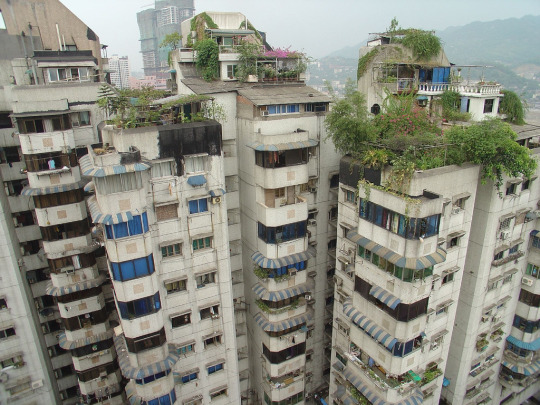
Roof Gardens before roof gardens became trendy, Chongqing (2004) Photography: Neville Mars.
5K notes
·
View notes
Text



@natureaestheticdreams for more 🍃
#nature#naturecore#forestcore#ruralcore#photography#witch#goblin#natureaesthetic#green#intothewoods#bigtrees#tower#medieval#fantasy#dreamy#balcony#windows#sceneries#walkingaround#owl#buildings#fairytale#fairy#dark#pretty#aesthetic#leaves#trees#naturaleza#bosque
1K notes
·
View notes
Text

#dark academia#light academia#classical#academia aesthetic#academia#escapism#books and libraries#classic literature#books#architecture#building#exterior#plants#royalcore#cottagecore#aesthetics#green#mood#vibe#style
8K notes
·
View notes
Text


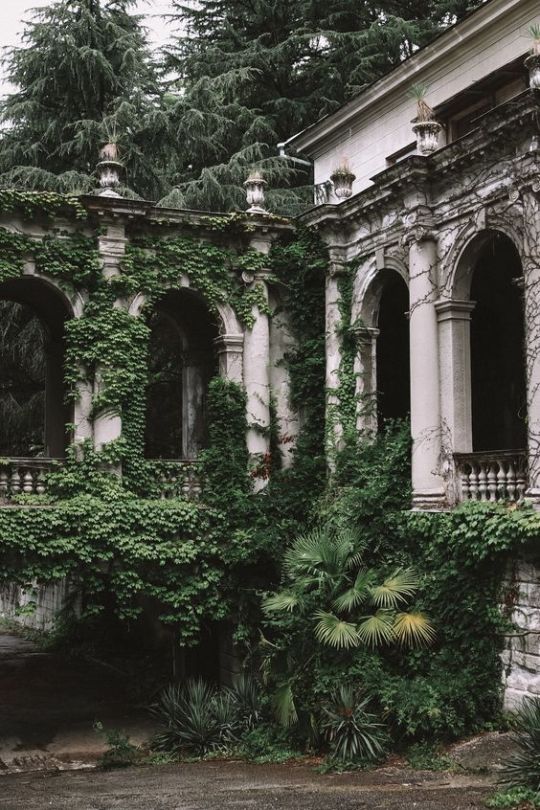


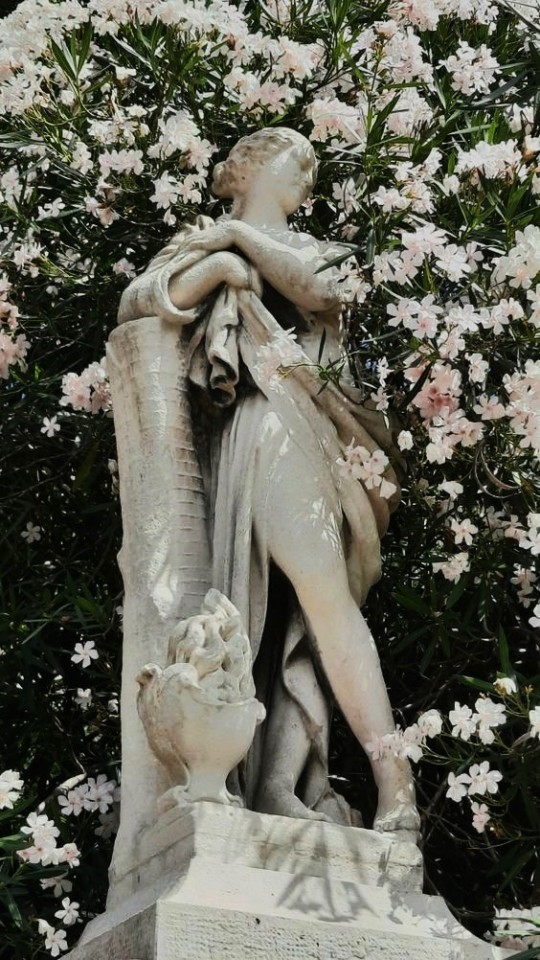
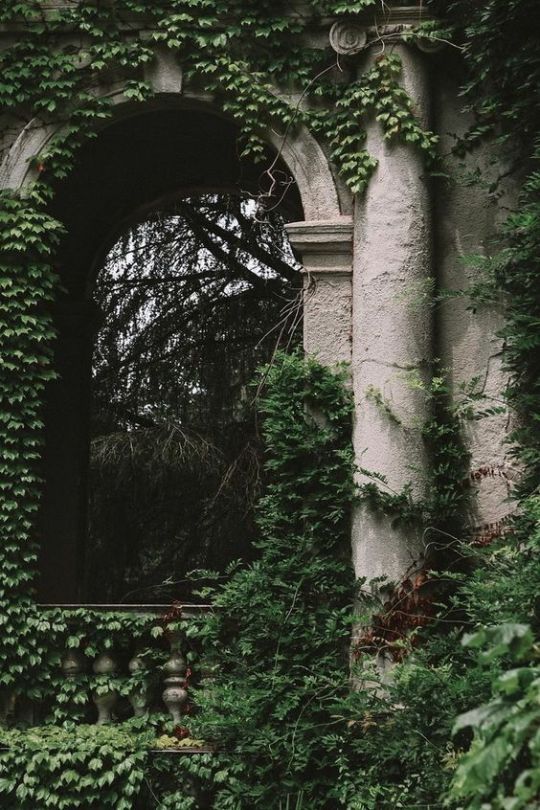


#naturecore#aesthetic#forest life#forestcore#architecture#vintage#sculpture#statues#plantcore#vines#travel#exploration#explore#nature#academia aesthetic#garden statues#plants#forest sculptures#scenery#garden aesthetic#photography#stone#old architecture#ruins#old buildings#green nature#vintage aesthetic#moodboard#gardencore#garden
2K notes
·
View notes
Text

hello stick figure community again i am new but i promise to start posting more ajdhkgahsdgk
here's green !!
(comms)
#i'm so happy that i love to draw braids KDGKSJDHGLKJF#i kinda based him offa me because well . i like to build . and play music . and his voice is a clarinet and i play that . and#animation vs minecraft#animation vs animator#anim vs#green ava#green avm#gijinka#lightly salted art
484 notes
·
View notes
Text




current wip: savannah and sienna's (future) apartment
🖤 recent episode | full series
#doofensmirtz evil incorporateddddddd after hours#someone tell me theyre proud of me for not doing yet another green interior#lykaia#ts4 build#sims 4 builds#simblr#my builds#wip
502 notes
·
View notes
Text

#derelict building#Marrick#north east england#ruins#ruinscore#lost to time#aesthetic#green#greencore#green witch#nature#naturecore#places#cottagecore#cottage witch#cottage aesthetic#rustic#ac valhallacore
433 notes
·
View notes
Text






zombie pompompurin build a bear | shopaholicsista on ig
#stim#halloween#sanrio#build a bear#sfw#green#yellow#orange#black#white#zombie pompompurin#pompompurin#autumn#plushies#zombies#doll fashion#hands#pumpkins#ishy gifs#postish
431 notes
·
View notes
Text

playin with the new markers my bf got for me!! :D
#sharpie creative markers#garfield#beanie babies#inch the worm#build a bear#spring green frog#tamagotchi#kuchipatchi#kirby#sharpie#my art#illustration#traditional art#traditional drawing#artists on tumblr#art#sketchbook#sketch#doodle
474 notes
·
View notes
Text
"Chicago’s 82-story Aqua Tower appears to flutter with the wind. Its unusual, undulating facade has made it one of the most unique features of Chicago’s skyline, distinct from the many right-angled glass towers that surround it.
In designing it, the architect Jeanne Gang thought not only about how humans would see it, dancing against the sky, but also how it would look to the birds who fly past. The irregularity of the building’s face allows birds to see it more clearly and avoid fatal collisions. “It’s kind of designed to work for both humans and birds,” she said.
As many as 1 billion birds in the US die in building collisions each year. And Chicago, which sits along the Mississippi Flyway, one of the four major north-south migration routes, is among the riskiest places for birds. This year, at least 1,000 birds died in one day from colliding with a single glass-covered building. In New York, which lies along the Atlantic Flyway, hundreds of species traverse the skyline and tens of thousands die each year.
As awareness grows of the dangers posed by glistening towers and bright lights, architects are starting to reimagine city skylines to design buildings that are both aesthetically daring and bird-safe.
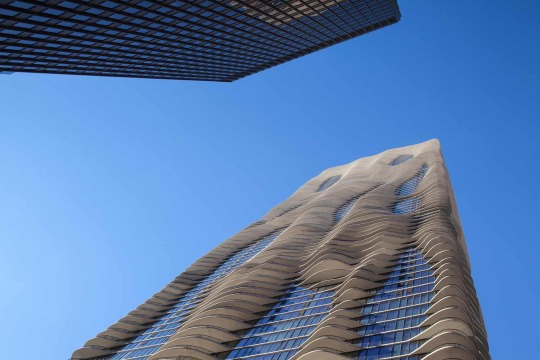
Pictured: Chicago's Aqua Tower was designed with birds in mind.
Some are experimenting with new types of patterned or coated glass that birds can see. Others are rethinking glass towers entirely, experimenting with exteriors that use wood, concrete or steel rods. Blurring lines between the indoors and outdoors, some architects are creating green roofs and facades, inviting birds to nest within the building.
“Many people think about bird-friendly design as yet another limitation on buildings, yet another requirement,” said Dan Piselli, director of sustainability at the New York-based architecture firm FXCollaborative. “But there are so many design-forward buildings that perfectly exemplify that this doesn’t have to limit your design, your freedom.”
How modern buildings put birds in danger
For Deborah Laurel, principal in the firm Prendergast Laurel Architects, the realization came a couple of decades ago. She was up for an award for her firm’s renovation of the Staten Island Children’s Museum when the museum’s director mentioned to her that a number of birds had been crashing into the new addition. “I was horrified,” she said.
She embarked on a frenzy of research to learn more about bird collisions. After several years of investigation, she found there was little in the way of practical tips for architects, and she teamed up with the conservation group NYC Audubon, to develop a bird-safe building guide.
The issue, she discovered, was that technological and architectural advancements over the last half-century had in some ways transformed New York City – and most other US skylines and suburbs – into death traps for birds...
At certain times of day, tall glass towers almost blend into the sky. At other times, windows appear so pristinely clear that they are imperceptible to birds, who might try to fly though them. During the day, trees and greenery reflected on shiny building facades can trick birds, whereas at night, brightly lit buildings can confuse and bewilder them...

Pictured: A green roof on the Javits Convention Center serves as a sanctuary for birds.
The changes that could save avian lives
About a decade ago, Piselli’s firm worked on a half-billion-dollar renovation of New York’s Jacob K Javits Convention Center, a gleaming glass-clad space frame structure that was killing 4,000-5,000 birds a year. “The building was this black Death Star in the urban landscape,” Piselli said.
To make it more bird friendly, FXCollaborative (which was then called FXFowle) reduced the amount of glass and replaced the rest of it with fritted glass, which has a ceramic pattern baked into it. Tiny, textured dots on the glass are barely perceptible to people – but birds can see them. The fritted glass can also help reduce heat from the sun, keeping the building cooler and lowering air conditioning costs. “This became kind of the poster child for bird-friendly design in the last decade,” Piselli said.
The renovation also included a green roof, monitored by the NYC Audubon. The roof now serves as a sanctuary for several species of birds, including a colony of herring gulls. Living roofs have since become popular in New York and other major cities, in an inversion of the decades-long practice of fortifying buildings with anti-bird spikes. In the Netherlands, the facade of the World Wildlife Fund headquarters, a futuristic structure that looks like an undulating blob of mercury, contains nest boxes and spaces for birds and bats to live.
The use of fritted glass has also become more common as a way to save the birds and energy.
Earlier this year, Azadeh Omidfar Sawyer, an assistant professor in building technology in the Carnegie Mellon School of Architecture, working with student researchers, used open-source software to help designers create bespoke, bird-friendly glass patterns. A book of 50 patterns that Sawyer published recently includes intricate geometric lattices and abstract arrays of lines and blobs. “Any architect can pick up this book and choose a pattern they like, or they can customize it,” she said.
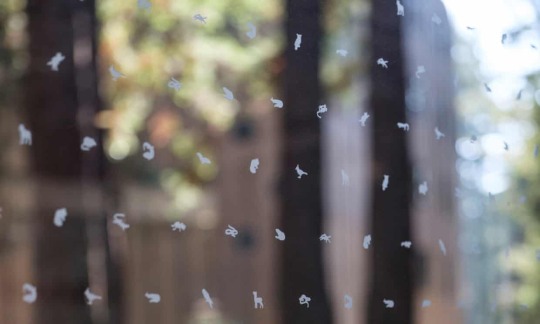
Pictured: The fritted glass used in Studio Gang’s expansion of Kresge College at the University of California, Santa Cruz, depicts the animals in the local ecosystem.
Builders have also been experimenting with UV-printed patterns, which are invisible to humans but perceptible to most birds. At night, conservationists and architects are encouraging buildings turn off lights, especially during migration season, when the bright glow of a city skyline can disorient birds.
And architects are increasingly integrating screens or grates that provide shade as well as visibility for birds. The 52-floor New York Times building, for example, uses fritted glass clad with ceramic rods. The spacing between the rods increases toward the top of the building, to give the impression that the building is dissolving into the sky.
Gang’s work has incorporated structures that can also serve as blinds for birders, or perches from which to observe nature. A theater she designed in Glencoe, Illinois, for example, is surrounded by a walking path made of a wood lattice, where visitors can feel like they’re up in the canopy of trees.

Pictured: The Writers Theatre, designed by Studio Gang, includes a walking path encased in wood lattice.
Rejecting the idea of the iridescent, entirely mirrored-glass building, “where you can’t tell the difference between the habitat and the sky”, Gang aims for the opposite. “I always tried to make the buildings more visible with light and shadow and geometry, to have more of a solid presence,” she said.
Gang has been experimenting with adding bird feeders around her own home in an effort to reduce collisions with windows, and she encourages other homeowners to do the same.
“I’ve found that birds slow down and stop at feeders instead of trying to fly through the glass,” she said.
While high-rise buildings and massive urban projects receive the most attention, homes and low-rise buildings account for most bird collision deaths. “The huge challenge is that glass is everywhere.” said Christine Sheppard, who directs the glass collisions program at the American Bird Conservancy (ABC). “It’s hard to know what I know and not cringe when I look at it.”
Tips for improving your own home include using stained glass or patterned decals that can help birds see a window, she said. ABC has compiled a list of window treatments and materials, ranked by how bird-safe they are.
Whether they’re large or small, the challenge of designing buildings that are safe for birds can be “liberating”, said Gang, who has become an avid birdwatcher and now carries a pair of binoculars on her morning jogs. “It gives you another dimension to try to imagine.”"
-via The Guardian, December 27, 2023
#conservation#birds#avian#ornithology#new york city#chicago#united states#architecture#green architecture#conservation biology#construction#sustainability#glass#glass windows#skyscraper#cityscape#buildings#bird conservation#birdwatching#good news#hope#“hey mc why is this post so in depth and full of pics compared to what you usually post” you ask#great question#the answer is bc I like architecture a lot#...well I like the kinds of architecture I like a lot lol#bauhaus can fight me tbh#but sustainable architecture is awesome#also this article actually came with a bunch of pics#which yknow most of them don't#cw animal death
1K notes
·
View notes
Text

Chrome Hearts Store (1999) Located: Aoyama, Japan
780 notes
·
View notes